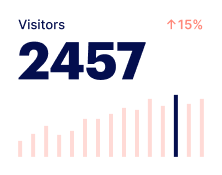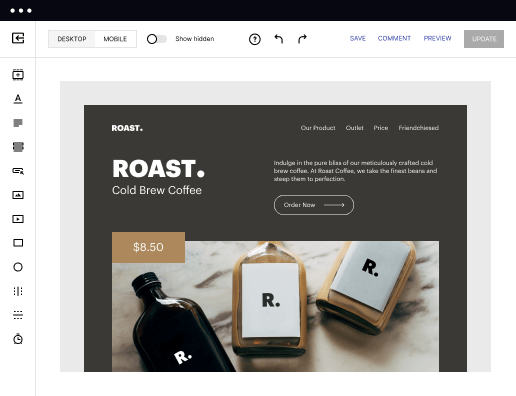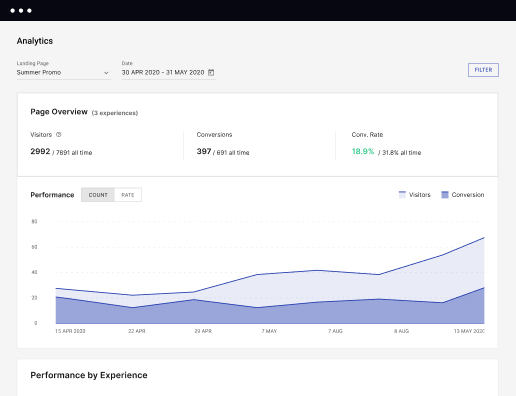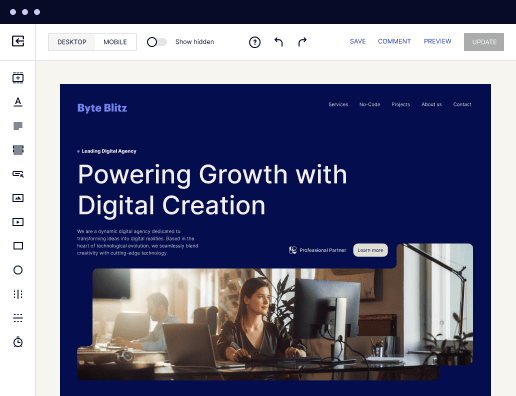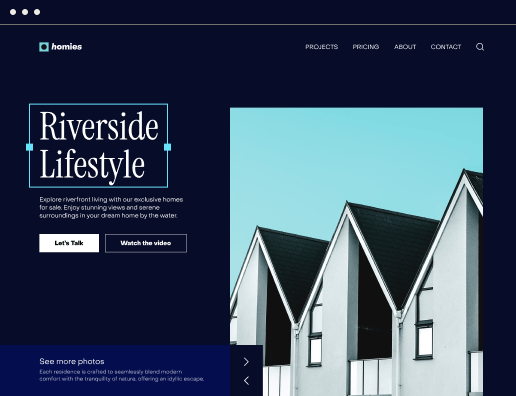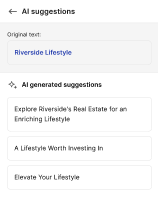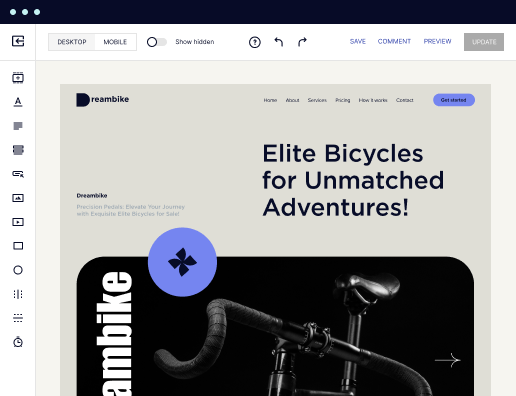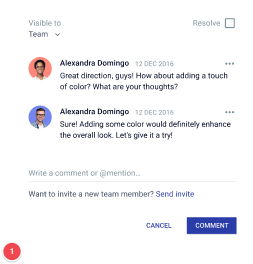Make your API documentation page designed for Chrome OS
Instapage empowers you to reduce costs, increase conversions, and deliver meaningful experiences on Chrome OS.
Create your API documentation page on Chrome OS with Instapage
Creating an impactful API documentation page on Chrome OS is essential for enhancing your brand's digital presence. With Instapage's flexible landing page builder, marketers can design visually appealing and conversion-focused documentation effortlessly. Leveraging over 100 conversion-focused layouts and Instablocks ensures that there's no need for developers or coding skills to create an effective API documentation page.
Understanding the Importance of API Documentation
API documentation serves as a comprehensive guide for developers on how to effectively utilize your API's features. It reduces misunderstandings and improves user engagement by providing clear instructions and examples. A well-structured API documentation page will not only enhance user experience but also build trust and loyalty with your audience. Here's why you should prioritize it:
- Enhanced usability: Users can easily locate the information they need, leading to efficient implementation and reduced confusion.
- Increased conversions: Detailed and intuitive documentation can convert potential users into loyal customers, as they realize the capabilities of your API.
- Reduced support inquiries: Clarity in documentation minimizes the need for technical support, saving both time and resources.
Step 1: Leverage Instapage's Page Creation Features
Instapage provides an intuitive page creation process that simplifies the development of your API documentation page. Start by selecting a suitable layout from Instapage's library. This flexibility allows you to tailor the design to match your brand identity.
Step 2: Optimize Your Page for Conversions
Once you’ve crafted your initial design, use the built-in optimization features to enhance your page's performance. Conduct A/B tests to determine which elements work best for your audience. Analyze user behavior through detailed heatmaps and refine your page accordingly.
- Utilize A/B Testing: Test different layouts and content to ascertain which version converts better.
- Analyze User Behavior: Examine how users interact with your API documentation through heatmaps.
- Implement Call-to-Actions: Strategically place CTAs to guide users towards the next steps in using your API.
Step 3: Personalize the Experience
To maximize engagement, deliver personalized content tailored to specific audience segments. Use dynamic text replacement to craft messages that resonate with different users. Additionally, track key metrics to assess how well each group interacts with your API documentation.
- Dynamic Text Replacement: Customize user experiences by personalizing headers and messages based on user behavior.
- Segmentation: Direct specific content to targeted users, making the documentation more relevant and useful.
- Metrics Tracking: Continuously monitor audience interactions to refine messages and content delivery.
By effectively leveraging Instapage, you can create a comprehensive API documentation page that not only instructs but also engages your audience, ultimately driving conversions.
Start crafting your API documentation page on Chrome OS with Instapage today, and elevate your digital marketing strategy!
Get more out of Create your API documentation page on Chrome OS
Improve your Quality Score with quick load technology for landing pages
Increase conversions with content that aligns with your ads and audiences
Achieve maximum ROI by scaling your marketing initiatives
Leading the way in building high-performing landing pages





FAQs
See how to create your api documentation page on chrome os in action
Ready to skyrocket conversions?
Supercharge your ad campaigns with high-performing landing pages.
Get started
